Stop Wasting Money on Perfume: A Pro’s Guide to Smelling Amazing for Less
I’ll never forget the first time I got my hands on pure oakmoss absolute. It was this thick, dark green resin that smelled exactly like a damp, ancient forest floor. Just one tiny drop could anchor an entire fragrance, giving it a backbone that lasted for hours. That moment taught me something crucial: the soul of a great scent isn’t the fancy bottle or the celebrity ad campaign. It’s the quality of its bones—the structure and the ingredients working in harmony.
In this article
So many people think you need to shell out a ton of cash to smell incredible. Honestly, that’s just not true. After years of working with raw scent materials and guiding people through this world, I can tell you the real secret isn’t money. It’s knowledge.
You can absolutely build a stunning fragrance collection on a modest budget. The trick is to start thinking like a perfumer. You need to get why some scents stick around all day while others ghost you after an hour. You have to learn the right way to apply them for maximum impact. And, maybe most importantly, you need to know where to find amazing quality beyond the bright lights of the department store counter. This isn’t about finding cheap knock-offs; it’s about training your nose and making smart choices that feel like a secret weapon.
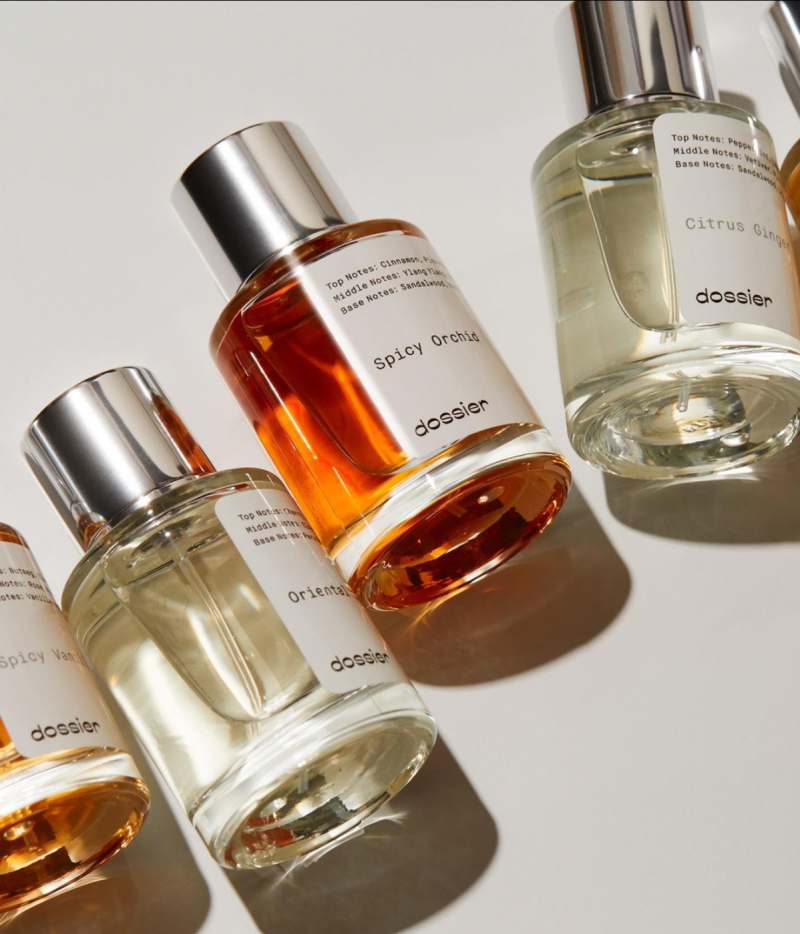
The Foundation: Why Some Fragrances Last and Others Vanish
Before you even think about buying another bottle, let’s get into how a fragrance is actually built. Every perfume is a balanced pyramid of notes that evaporate at different speeds. Understanding this is your first and most important step to becoming a smarter shopper.
The Fragrance Pyramid: Top, Middle, and Base Notes
Think of a fragrance like a three-act play: a beginning, a middle, and an end. These acts are its notes.
- Top Notes: This is the grand opening, the first thing you smell. They’re made of tiny, lightweight molecules that zip off the skin pretty fast, usually within 15 to 30 minutes. We’re talking zesty citrus like lemon and bergamot, or fresh herbs like mint. They make a great first impression, but they’re not built to last. A perfume that’s all top notes will always be a fleeting experience.
- Middle (or Heart) Notes: Once the opening act fades, the heart of the fragrance takes the stage. These molecules are bigger and stick around for a few hours. This is the main character of the scent—the florals like rose and jasmine, warm spices like cinnamon, or juicy fruits like raspberry.
- Base Notes: Here’s the foundation, the grand finale that lingers. These are the heaviest, slowest-to-evaporate molecules, and they can last for six, eight, or even more hours on your skin. They anchor everything that comes before them. Ingredients like sandalwood, cedarwood, patchouli, rich vanilla, and warm amber are the heavy lifters in the base.
So, a huge key to finding a long-lasting scent is to check for a strong base. When you’re reading a scent’s description online, if you see a laundry list of woods, resins, and ambers, you can bet it has staying power. A scent described as a simple “citrus splash,” by its very nature, is designed for a quick, refreshing hit—not an all-day affair.
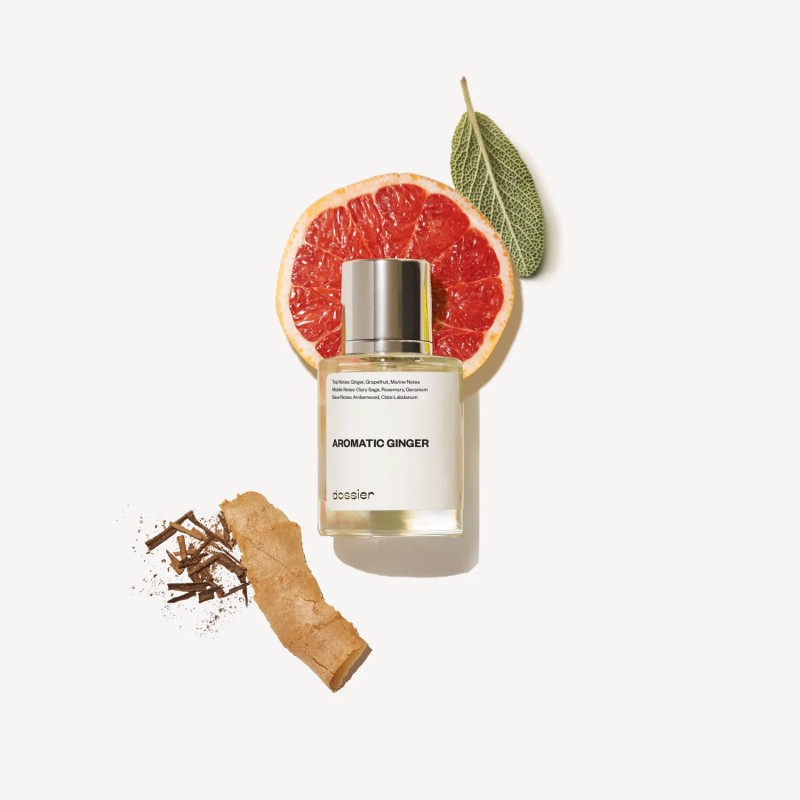
Decoding the Bottle: What Concentration Really Means
The label on the bottle isn’t just fancy French; it’s telling you exactly how much perfume oil is in that alcohol base, which directly relates to strength and longevity. It’s pretty straightforward, actually:
- Eau de Cologne (EDC): This is the lightest, with about 2-4% perfume oil. It’s meant for a quick, refreshing splash and will probably last you a couple of hours, max.
- Eau de Toilette (EDT): A very common choice, an EDT has around 5-15% oil. It’s your typical daily-wear concentration, usually lasting about three to five hours.
- Eau de Parfum (EDP): Now we’re talking. With 15-20% oil, an EDP has a much stronger presence and can easily last five to eight hours. To be frank, this is often the sweet spot for value.
- Parfum (or Extrait de Parfum): This is the most potent stuff, with 20-30% (or more!) perfume oil. A tiny dab can last all day long. It’s the most expensive option, but since you use so little, a bottle can last an incredibly long time.
Heads up! When you’re trying to be smart with your money, an Eau de Parfum (EDP) is almost always the best investment. It might cost a bit more upfront than the EDT of the same fragrance, but you’ll use way less, and you won’t need to reapply. It just makes financial sense in the long run.
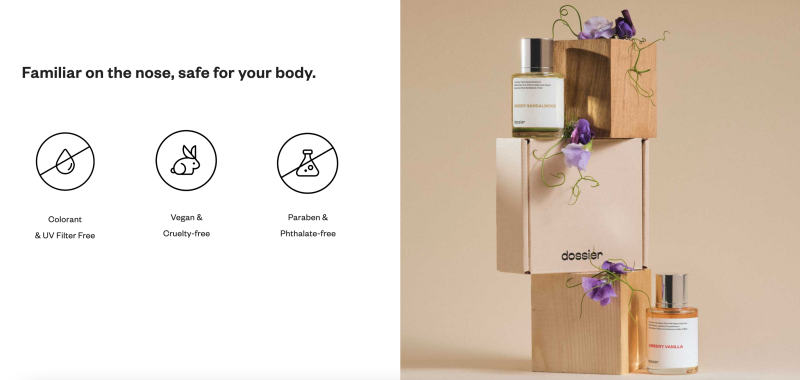
The Pro’s Application: Making Your Scent Go the Distance
You could own the most expensive perfume in the world, but if you apply it wrong, it’s not going to perform. I’ve seen it time and time again. Proper application costs nothing and will literally double or triple the life of your scent.
Prime Your Canvas: The Magic of Moisture
Fragrance needs something to cling to, and its favorite thing is moisture. Dry skin is like a sieve; the scent molecules just evaporate right off it. This is probably the #1 reason people think their perfume is weak.
Yes, the old Vaseline trick on your pulse points works, but a much better habit is to apply a simple, unscented lotion right after you shower. You can grab a big bottle of something like CeraVe or Aveeno for under $15, and it will last you for months. Just let the lotion sink in for a minute, creating a hydrated base. Your skin becomes the perfect primed canvas, and the fragrance will hold for hours longer. It’s a game-changer.
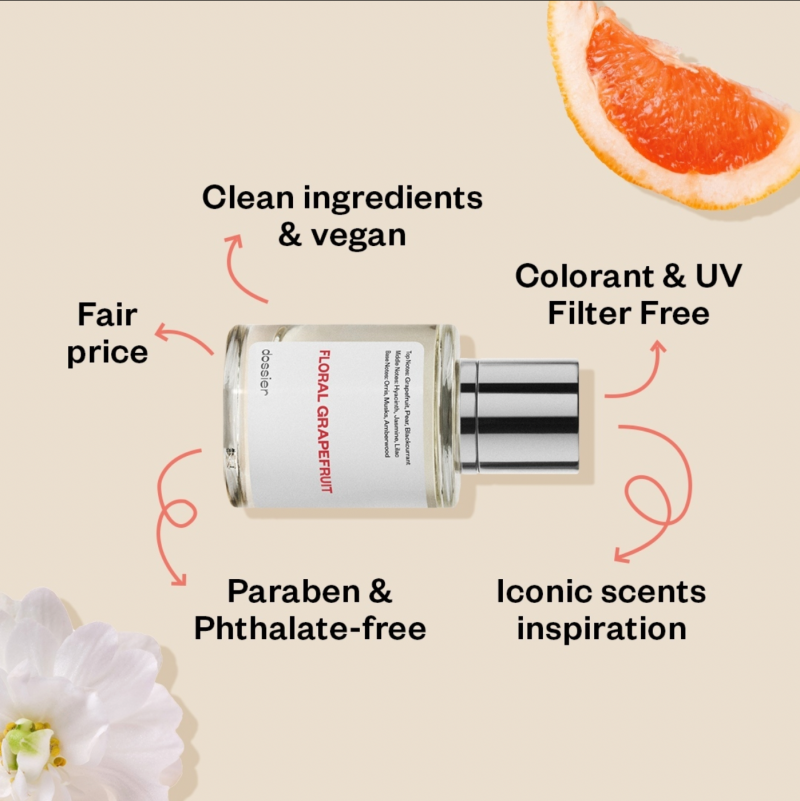
Quick Tip: Try This Right Now. Grab some unscented lotion and apply it to one wrist, leaving the other wrist bare. Spray your favorite scent on both. Check back in an hour or two. I promise, you’ll be shocked at the difference.
Strategic Placement: Think Beyond the Wrists
Pulse points are great because they’re warm, which helps diffuse the scent. But don’t just stop at your neck and wrists. Some other spots work even better:
- Behind the Knees: This is a fantastic trick, especially if you’re wearing shorts or a dress. As you walk, heat rises, and it creates this lovely scent trail that follows you.
- Inside the Elbows: Another warm, protected pulse point that most people forget about.
- On Your Hairbrush: Okay, listen up. Never spray alcohol-based perfume directly on your hair—it’s super drying. Instead, give your hairbrush a light misting and then run it through your dry hair. The strands hold scent beautifully without any damage.
- On Your Scarf or Jacket Lining (With Caution!): Fabric, especially natural fibers like wool, holds fragrance for days. A light mist on a scarf is amazing. But be careful: always test on a hidden spot first, as some perfume oils can stain delicate fabrics like silk.
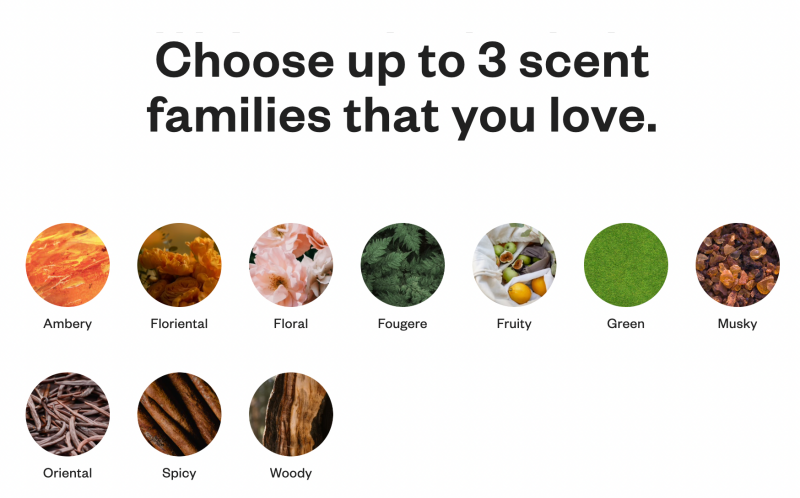
The Cardinal Sin of Scent: Stop Rubbing Your Wrists!
I see people do this constantly. They spritz one wrist, then furiously rub it against the other. Please, I’m begging you, stop doing this! The friction and heat literally crush the delicate top and middle note molecules. It mangles the perfumer’s intended structure, making the scent fall flat and fade way faster. The right way? Just spray, and let it air dry. Let it settle. Patience pays off.
Smart Shopping: Finding Goldmines Outside the Mall
The fragrance world is so much bigger than what you see under the bright lights of a department store. There are incredible ways to find beautiful, high-quality scents without paying for the expensive marketing and packaging.
A Word on “Inspired-By” Fragrances
Lately, you’ve probably seen companies selling scents “inspired by” famous luxury perfumes. Brands like Dossier or Oakcha are well-known in this space. They analyze a popular fragrance and create a similar formula for a fraction of the price. Here’s my honest take:
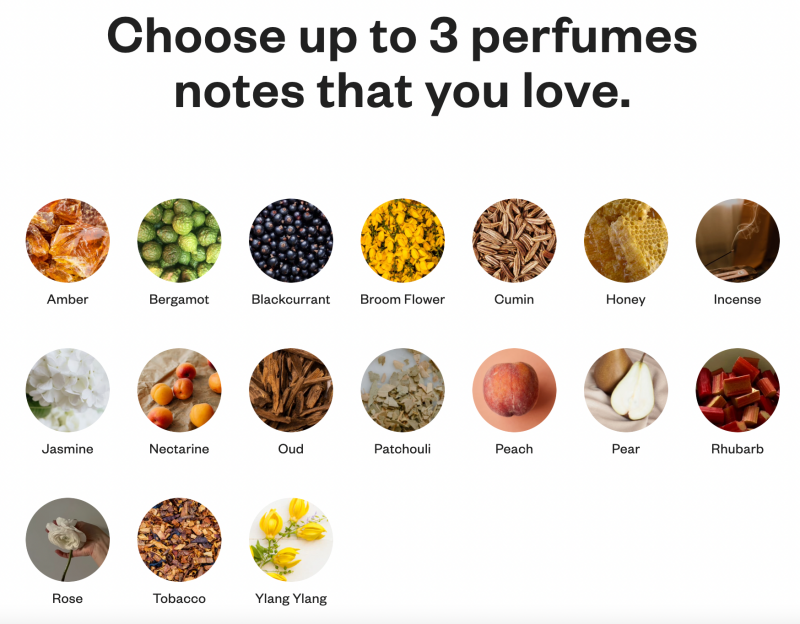
- The Good: They can be an amazing discovery tool. For $20-$50, you can test drive a scent profile to see if you even like it before considering a $300 bottle. Some of them are surprisingly well-made and offer fantastic value for daily wear.
- The Catch: They rarely capture 100% of the magic. High-end brands use exclusive, high-quality ingredients that are simply too expensive for a budget formula. The clone might smell 90% similar when you first spray it, but it often lacks the deep, complex evolution of the original as it dries down.
My advice? Use them as a learning tool. You might find the affordable version is perfect for your needs, or you might discover a scent you love so much that you decide to save up for the original. Just be sure to buy from transparent companies with good reviews.
Finding Deals on the Real Thing
Yes, you can find authentic designer fragrances at a major discount if you know where to browse. You just need to be a savvy shopper.
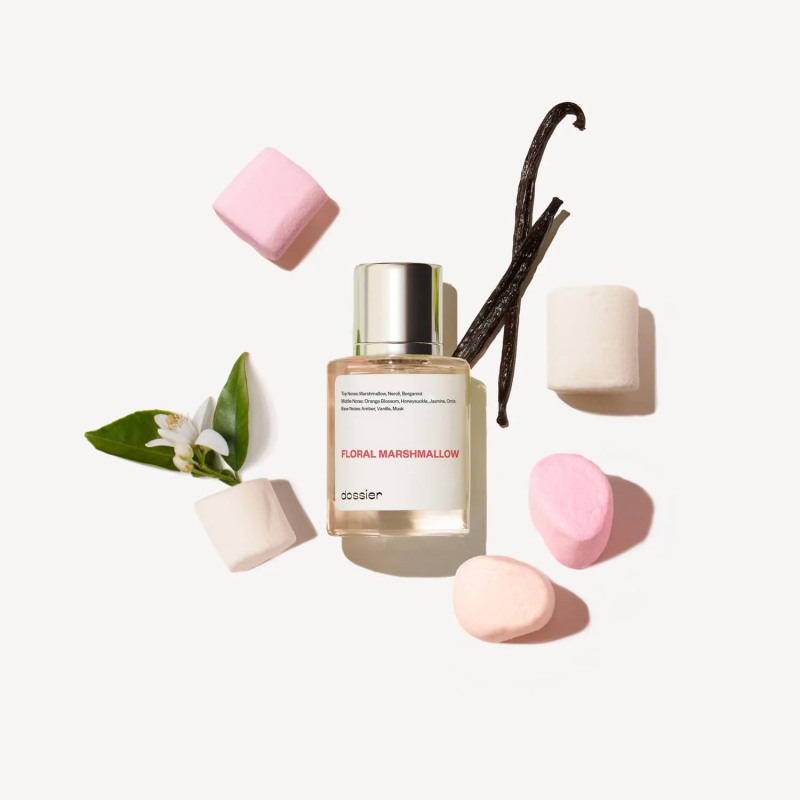
Reputable online discounters, like FragranceNet or Jomashop, are a great place to start. They sell genuine products, but often at a lower price because they operate in the “grey market.” The only potential downside is that stock might be slightly older, so I always recommend checking recent site reviews before you buy.
Oh, and here’s a lesser-known trick: look for “testers.” These are the exact same fragrances that brands send to stores for customers to sample. They come in a plain box and might have “Tester” printed on the bottle, but the juice inside is identical. You can often find these on discounter sites for a steal.
Level Up: Training Your Nose Like a Pro
Your sense of smell is a muscle. The more you use it intentionally, the stronger and more discerning it becomes. This skill will serve you better than any brand name ever could.
Learn Your Fragrance Families
Most scents fall into a few main categories. Knowing them helps you zero in on what you like.
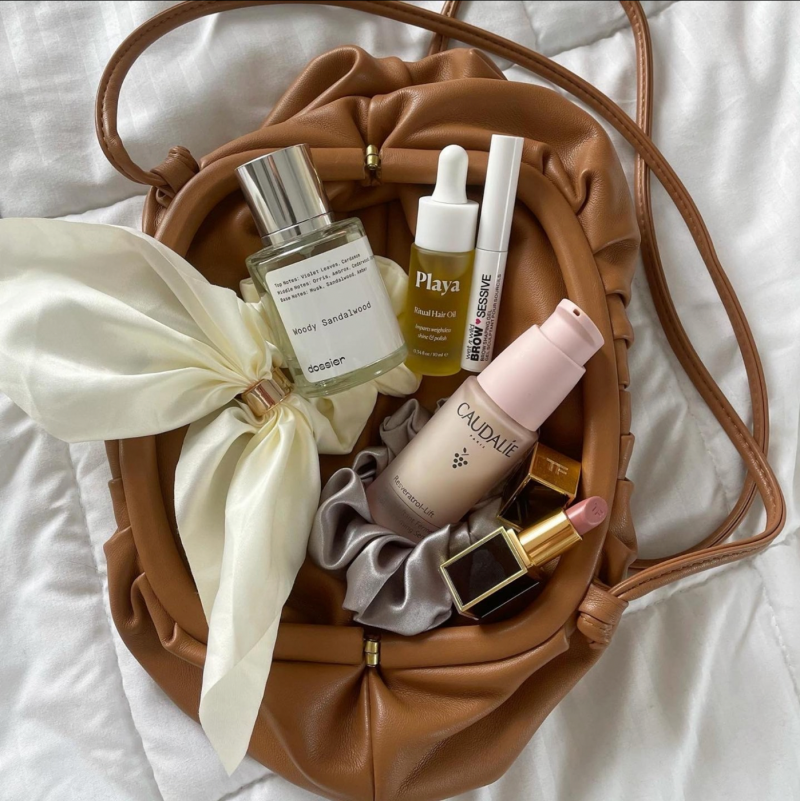
- Citrus: Bright, clean, and energizing (lemon, grapefruit).
- Floral: From a single flower to a whole bouquet (rose, jasmine).
- Amber (formerly Oriental): Warm, spicy, and rich (vanilla, incense, resins).
- Woody: Earthy, smoky, and warm (sandalwood, cedar, vetiver).
- Chypre: A sophisticated, classic structure blending citrus, moss, and woods. Think of those iconic, powerful perfumes that smell like pure confidence.
- Fougère: This is the DNA of the classic “barbershop” scent—a fresh, aromatic blend of lavender, oakmoss, and something sweet like tonka bean. It’s a profile you’ll recognize in many legendary men’s fragrances.
Once you realize, “Hey, I really love Woody fragrances,” you can filter your search and make the discovery process so much more focused and fun.
A Quick Fix for “Nose Fatigue”
Ever been in a store testing scents and after the third one, everything starts to smell like a confusing mess? That’s nose fatigue. Your receptors are overwhelmed. The pro trick isn’t to sniff coffee beans (that just adds another strong smell). The best ‘palate cleanser’ is to simply smell your own, unscented skin, like the crook of your elbow. It resets your nose so you can get back to sniffing.
Final Thoughts: Safety, Skin, and Sanity
Skin Chemistry is a Real Thing
I cannot say this loudly enough: ALWAYS test a fragrance on your skin before you buy it. A scent can smell one way on a paper strip and completely different on you. Your diet, your skin’s pH, your body temperature—it all changes the way a perfume develops. So, here’s how you do it right:
How to Test a Scent in a Store: 1. Start by spraying it on a paper strip. Get a first impression. 2. If you like it, spray it ONCE on your wrist or the back of your hand. 3. Now, the most important step: leave the store. Go run an errand. Grab a coffee. Live with the scent for at least an hour. 4. See how you feel about the ‘heart’ of the fragrance after it settles. If you still love it after 4-5 hours, when the base notes are shining through, you’ve found a winner.
The Truth About “Clean” and “Natural”
You see these words everywhere now, but they can be misleading. “Natural” doesn’t automatically mean safe; poison ivy is natural, after all. And “synthetic” isn’t a bad word. Many synthetic molecules are created in a lab to be more stable, more ethical (like modern musks, which avoid animal cruelty), and less likely to cause allergies than their natural counterparts. The real measure of safety comes from rigorous testing and adherence to global safety standards, which apply to all ingredients, whether they grew on a tree or were born in a lab.
At the end of the day, building a fragrance wardrobe you love is a craft. It’s about being curious, enjoying the process, and trusting your own nose over the hype. Forget the idea that you need to spend a fortune. Your knowledge is your most valuable asset. Choose the scents that make you feel like you, because that’s what it’s all about.










